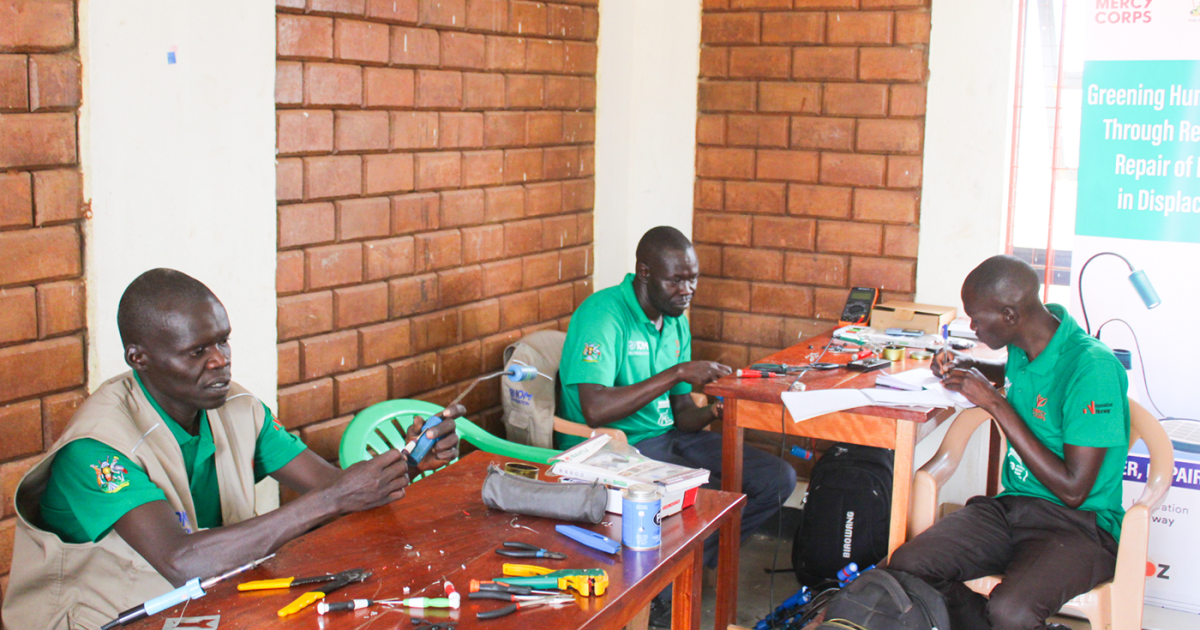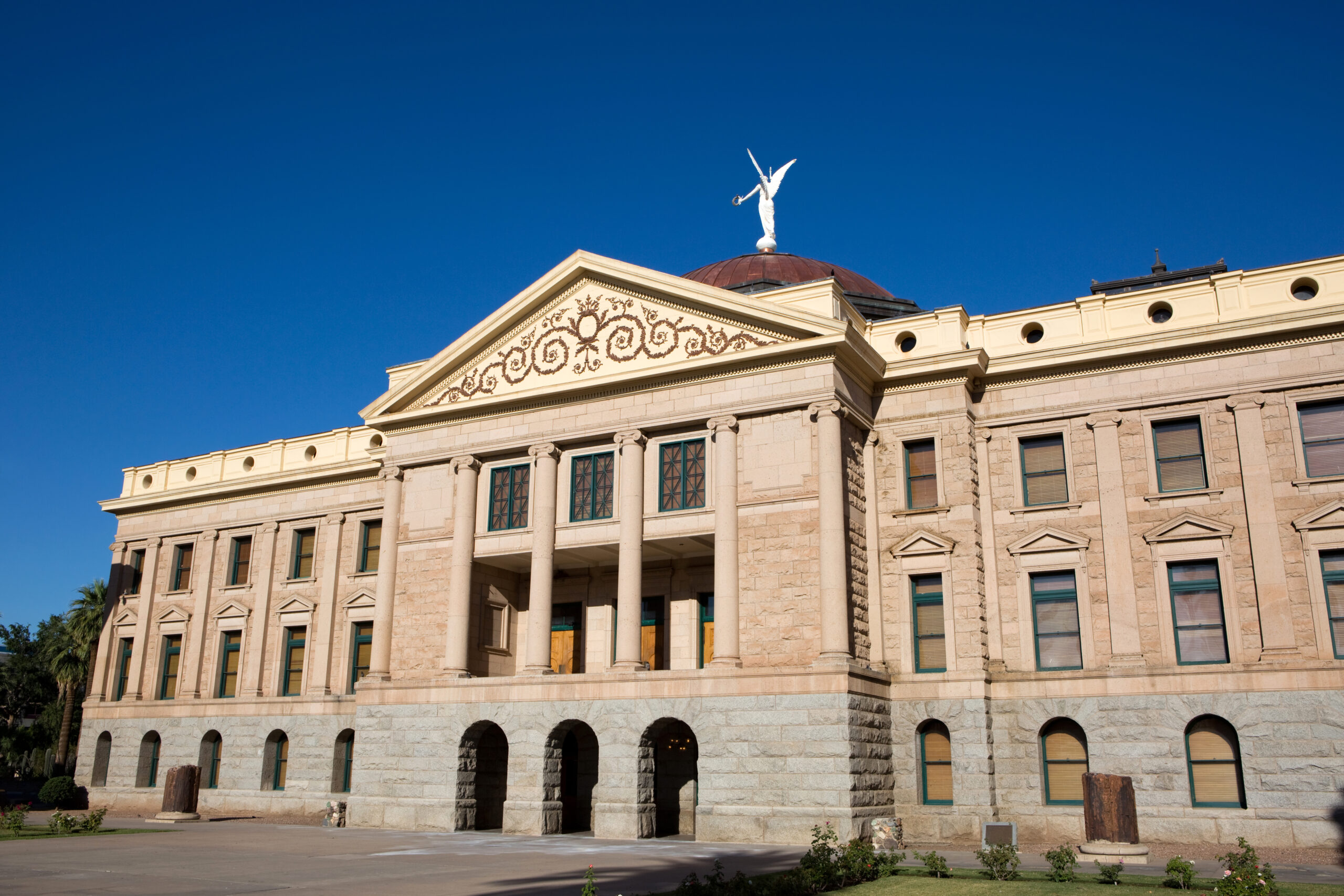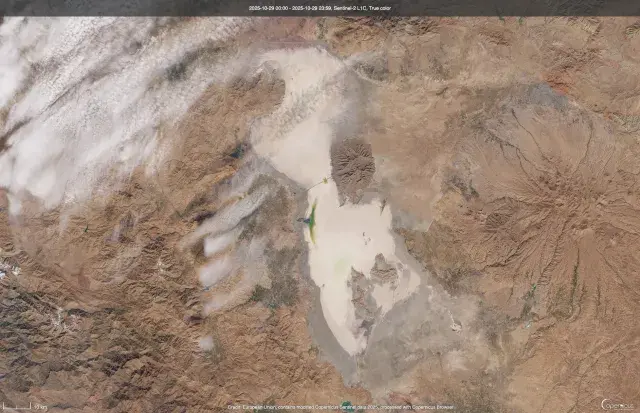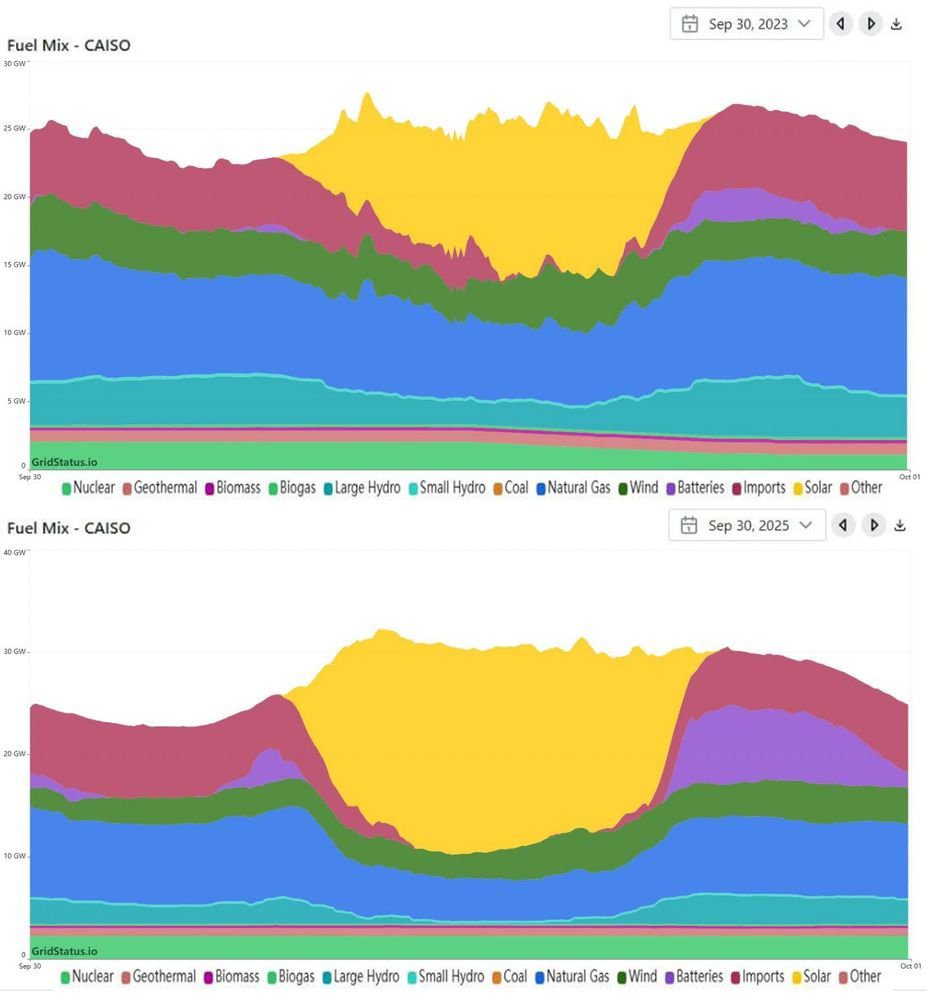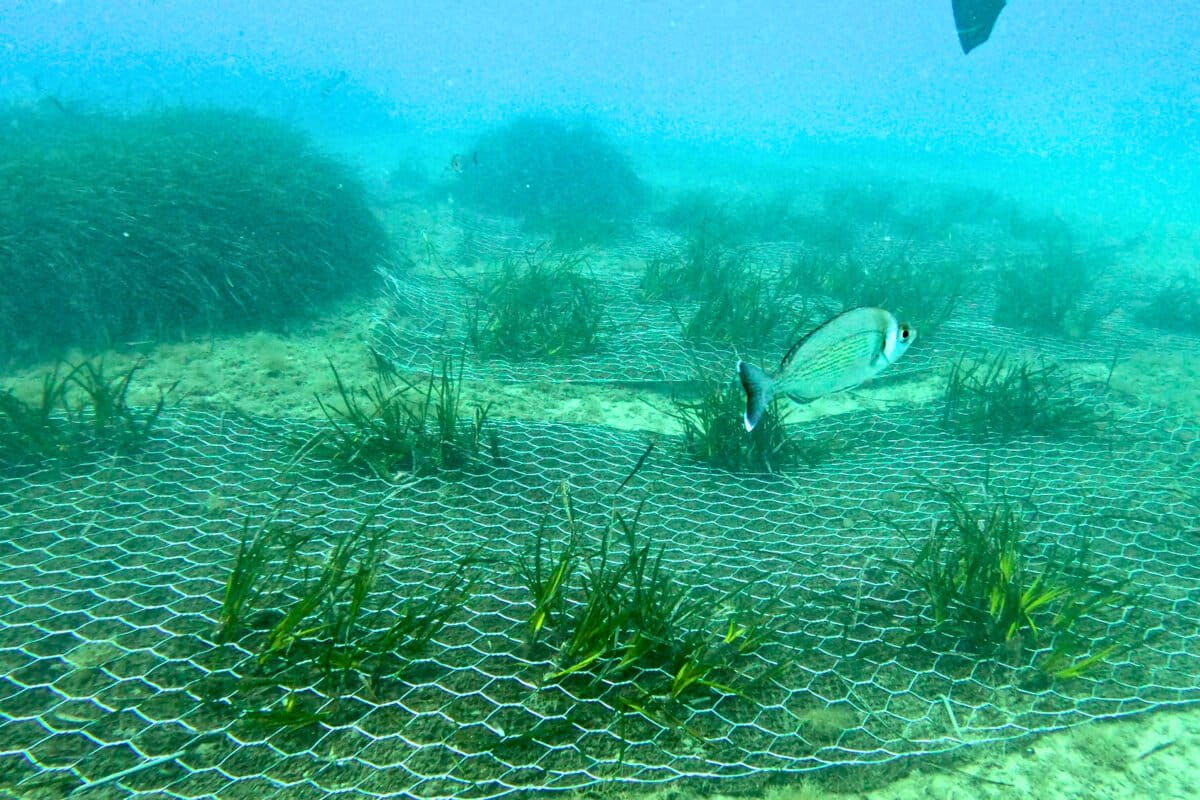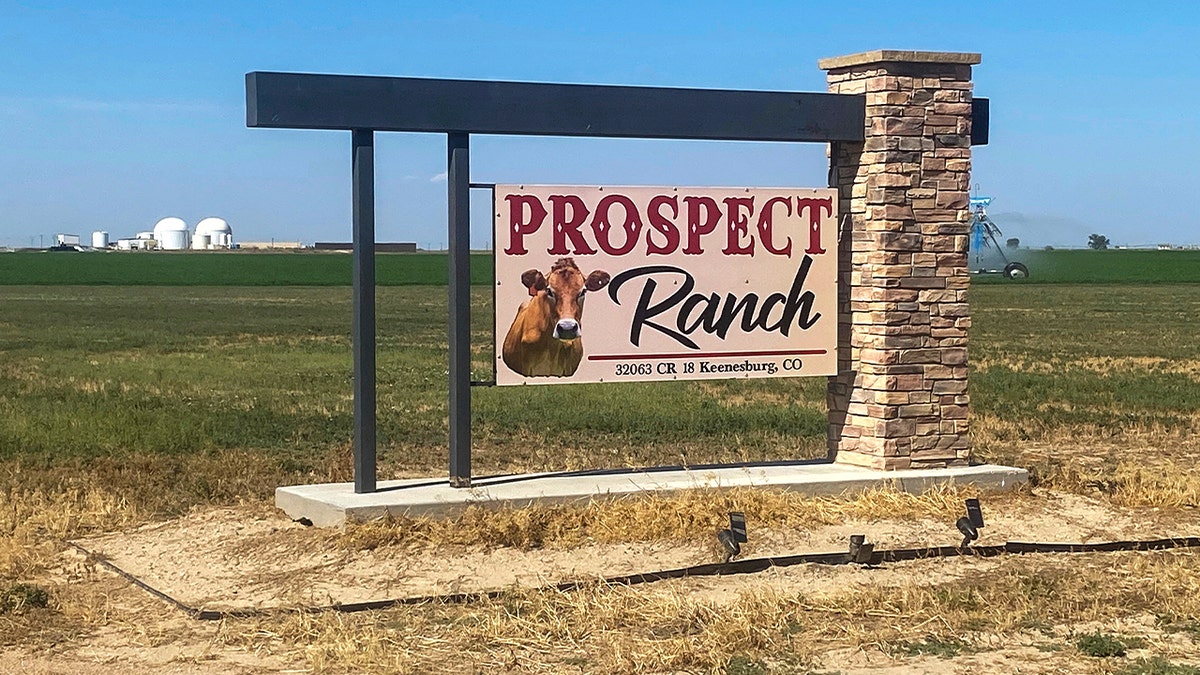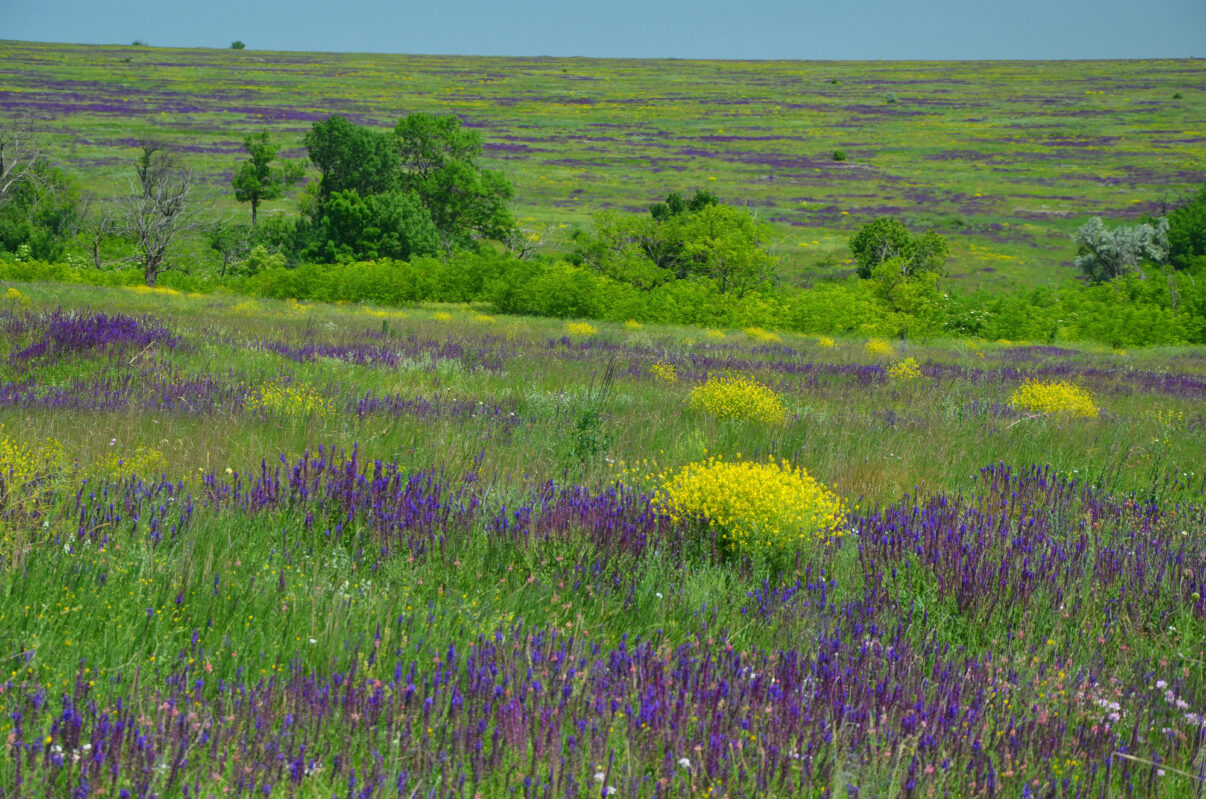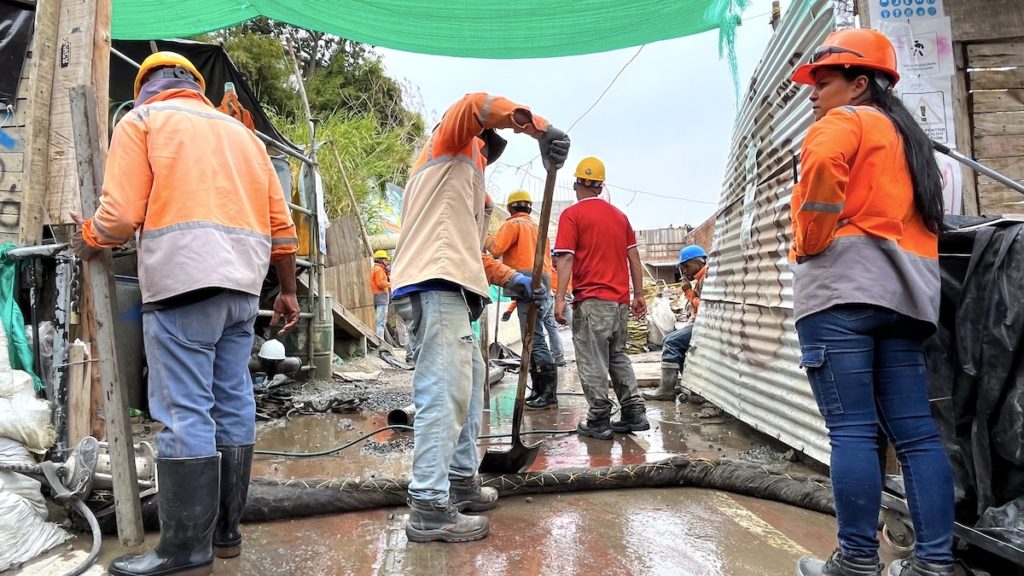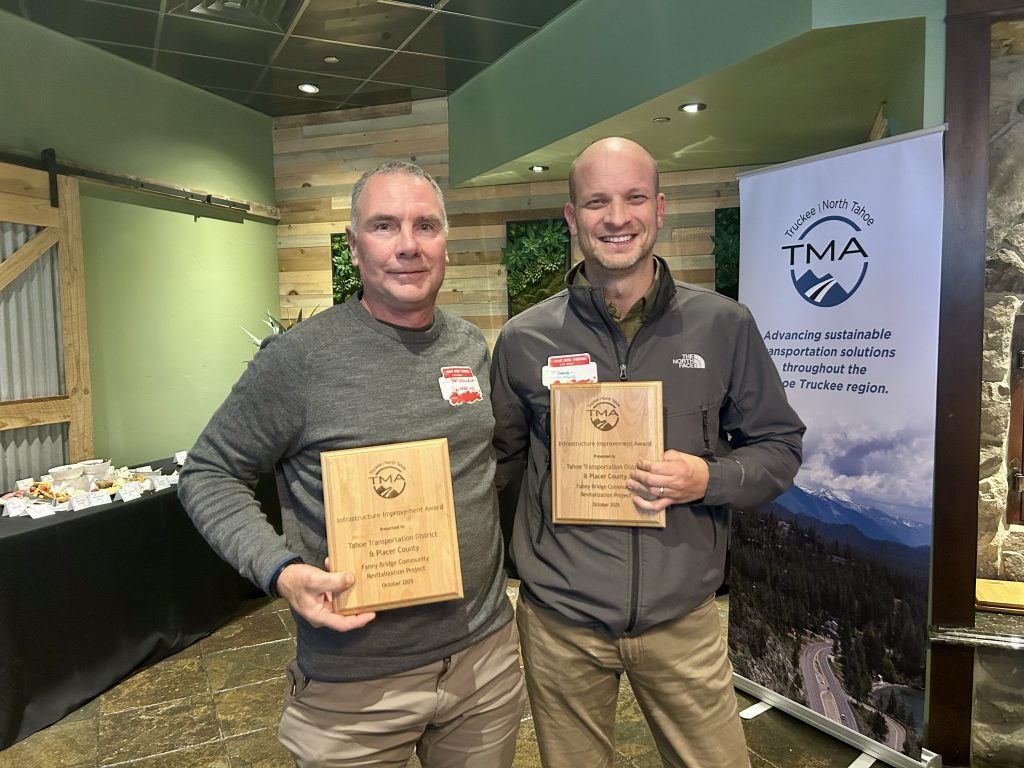Multivariate analysis of soil particle size distribution and Spatial correlation with soil moisture characteristics in different vegetation types of Mu Us Sandy Land – Nature
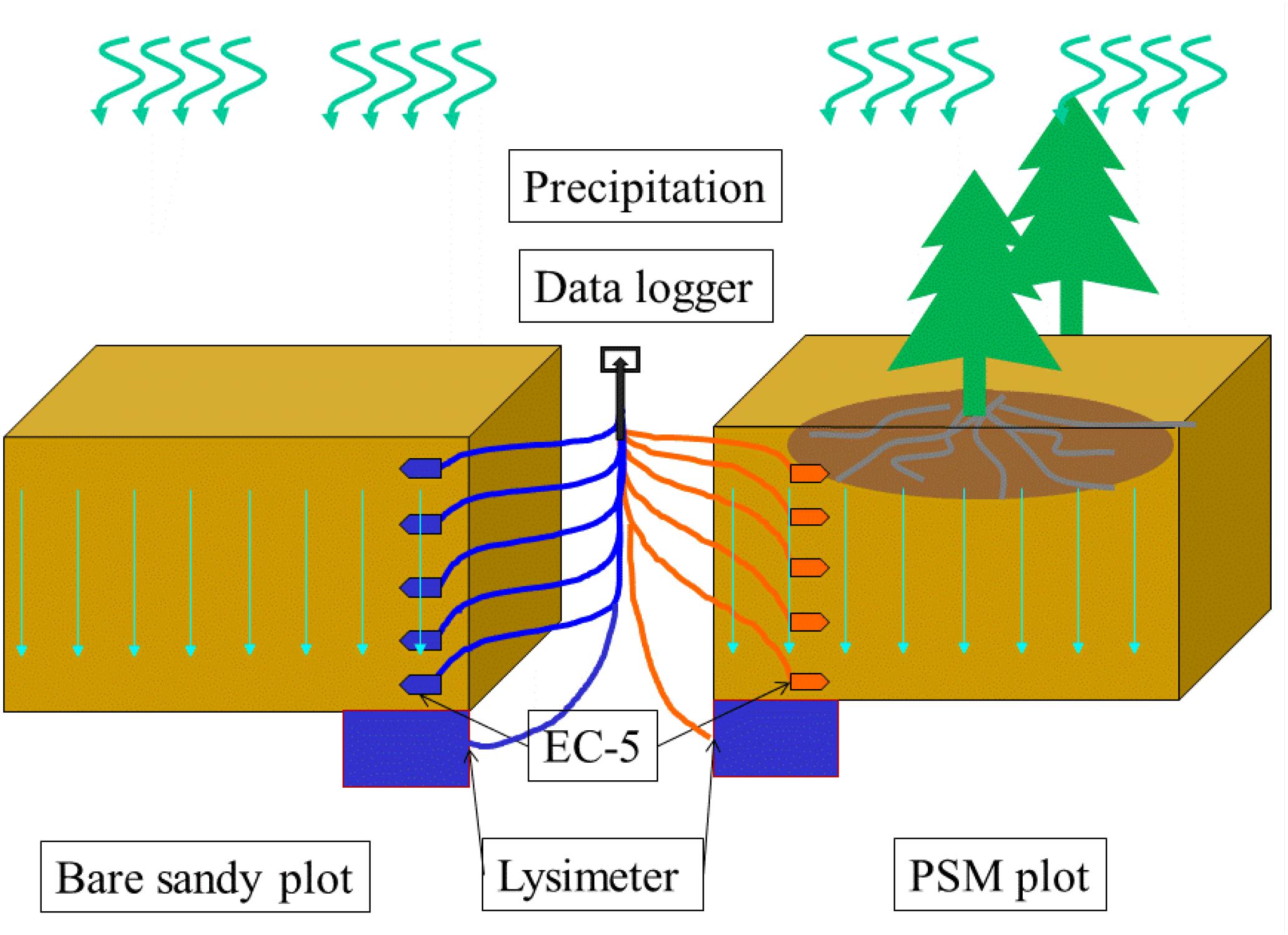
Report on the Multivariate Analysis of Soil Particle Distribution and Moisture Characteristics in the Mu Us Sandy Land: Evaluating Vegetation Restoration for the Sustainable Development Goals
Executive Summary
This report details a study conducted in the Mu Us Sandy Land to analyze the fractal mechanism of soil improvement by four typical vegetation types: Salix cheilophila (SC), Caragana korshinskii (CK), Hippophae rhamnoides (HR), and Corethrodendron fruticosum (CF). The research provides critical data for ecological restoration efforts, directly contributing to the achievement of United Nations Sustainable Development Goal 15 (Life on Land), particularly target 15.3 on combating desertification and restoring degraded land. The findings also inform strategies for SDG 6 (Clean Water and Sanitation) by assessing water retention capabilities and SDG 13 (Climate Action) by enhancing ecosystem resilience. The analysis revealed that while all vegetation types improved soil conditions compared to bare sand, Hippophae rhamnoides demonstrated superior performance in optimizing soil structure and water retention. It increased average soil water storage by 13.76% compared to CF and exhibited the best water holding capacity in both surface and deep soil layers. The study concludes that Hippophae rhamnoides is the preferred species for ecological restoration in the Mu Us Sandy Land, offering a scientifically-backed solution for advancing land degradation neutrality.
1.0 Introduction
1.1 The Challenge of Desertification and SDG 15
The Mu Us Sandy Land, a critical ecological transition zone in northern China, suffers from severe desertification due to historical land use practices. This land degradation poses a significant threat to local livelihoods and ecosystem stability, undermining progress towards Sustainable Development Goal 15 (Life on Land). Achieving target 15.3, which calls for combating desertification and restoring degraded land, requires effective, evidence-based ecological restoration strategies. Vegetation restoration is a primary tool in this effort, as plant root systems stabilize soil, improve its physical properties, and enhance water retention. This study evaluates four shrub species used in local afforestation programs to determine their relative effectiveness in soil improvement, thereby providing a scientific basis for optimizing restoration projects aligned with global sustainability targets.
1.2 Study Objectives
To support the goal of sustainable land management, this study aimed to:
- Characterize the soil particle composition and the single and multiple fractal dimensions under four different vegetation types.
- Analyze the patterns of soil moisture, water storage, and water deficit to assess the hydrological benefits of each vegetation type, contributing to knowledge for SDG 6 (Clean Water and Sanitation).
- Evaluate the correlation between soil fractal characteristics (structure) and hydrological properties (function).
- Identify the most effective vegetation species for soil improvement and water conservation, providing a clear recommendation for achieving land degradation neutrality and enhancing climate resilience (SDG 13: Climate Action) in the Mu Us Sandy Land.
2.0 Methodology
2.1 Study Area and Data Collection
The research was conducted at the Xinjie Sand Control Station in the Mu Us Sandy Land (39°10′30″ N, 109°35′47″ E). The area features a temperate continental semi-arid climate with aeolian sandy soil. Four sample plots were established, each dominated by one of the following species: Salix cheilophila (SC), Caragana korshinskii (CK), Hippophae rhamnoides (HR), and Corethrodendron fruticosum (CF). Soil samples were collected at various depths down to 200 cm to analyze physical and hydrological properties.
2.2 Analysis of Soil Properties
Standard laboratory methods were employed to assess key soil indicators relevant to land restoration and water management.
- Soil Particle Size Distribution: Determined using a laser particle size analyzer and classified into clay (0–2 μm), silt (2–50 μm), and sand (50–2000 μm) according to USDA standards.
- Soil Hydrological Characteristics:
- Soil Water Content (SWC)
- Soil Bulk Density (BD)
- Soil Capillary Porosity (Pc)
- Soil Water Storage (SWS)
- Soil Water Deficit (DSWi)
- Fractal Dimension Analysis: Both single fractal dimension (D) and multiple fractal dimensions (D(q)) were calculated to quantify the complexity and heterogeneity of the soil particle structure.
3.0 Results and Analysis
3.1 Soil Particle Composition and Fractal Characteristics
The soil under all four vegetation types was predominantly sand (>90%), with clay and silt content below 10%. This composition is typical of arid, sandy environments but showed subtle, important variations.
- Fractal Dimension (D): The single fractal dimension (D) was positively correlated with clay and silt content and negatively with sand content. This indicates that an increase in fine particles, a key sign of soil improvement, leads to a more complex soil structure.
- Multiple Fractal Dimensions (D(q)): The generalized dimension spectrum D(q) revealed that the soil particle distribution was more sensitive to disturbance in sparse areas (where fine particles are less common). The analysis of D1 and D2 showed that CF had uneven particle distribution in the 0-120 cm layer, while HR showed high particle variability in the 120-200 cm layer, indicating a more developed soil structure at depth.
3.2 Soil Hydrological Properties and Water Management
The capacity of the soil to retain water is a critical ecosystem service, especially in arid regions, and is central to achieving SDG 6 on sustainable water management.
- Water Holding Capacity: Hippophae rhamnoides (HR) demonstrated the best water holding capacity, particularly in the surface (0–40 cm) and deep (120–200 cm) layers.
- Soil Water Storage (SWS): The average soil water storage in the 0–200 cm profile was highest under HR, reaching 791.61 mm. This was 13.76% higher than under CF, representing a significant improvement in the landscape’s ability to store scarce water resources.
- Soil Water Deficit: All vegetation types experienced water deficits in specific soil layers, corresponding to their primary root zones. HR showed the highest deficit at 60-80 cm, indicating active water uptake, while its overall storage remained highest.
3.3 Correlation Between Soil Structure and Moisture
The study established significant links between the structural improvements from vegetation and the functional benefits for water retention.
- Under HR, increased silt and sand content significantly affected soil bulk density and porosity (P
- Under CF, soil particle composition and fractal parameters were significantly correlated with soil moisture content, bulk weight, and capillary porosity (P
- Under SC, fractal parameters were significantly correlated with soil water content (P
4.0 Discussion: Implications for Sustainable Development Goals
4.1 Advancing Land Degradation Neutrality (SDG 15)
The results provide clear guidance for achieving SDG 15 (Life on Land). The superior performance of Hippophae rhamnoides in improving soil structure—by increasing fine particle content and creating a more complex fractal structure—and enhancing water storage directly addresses the goal of restoring degraded land. Selecting HR for large-scale afforestation can accelerate the reversal of desertification in the Mu Us Sandy Land. Its ability to modify soil properties creates a positive feedback loop, fostering a more stable and productive ecosystem that is resilient to wind erosion and drought.
4.2 Enhancing Water Security and Climate Resilience (SDG 6 & SDG 13)
The significant increase in soil water storage under HR is a crucial finding for SDG 6 (Clean Water and Sanitation). By improving the soil’s capacity to capture and hold precipitation, this species helps recharge local water tables and reduces unproductive surface runoff and evaporation. This enhanced water-use efficiency is fundamental to sustainable water management in water-scarce regions. Furthermore, this contributes to SDG 13 (Climate Action). An ecosystem with higher soil moisture and more robust vegetation cover is more resilient to the impacts of climate change, such as prolonged droughts and extreme temperatures. Healthy soils also act as larger carbon sinks, contributing to climate change mitigation.
5.0 Conclusion and Recommendations
This study successfully revealed the fractal mechanism of soil improvement by different vegetation types and quantified their impact on soil hydrological functions. The analysis provides robust, data-driven insights for ecological restoration in the Mu Us Sandy Land and similar arid environments worldwide.
- Key Findings: The soil structure, as measured by fractal dimensions, is intrinsically linked to its water retention capacity. An increase in fine particles (clay and silt) enhances the complexity of the soil matrix and its ability to store water.
- Primary Conclusion: Hippophae rhamnoides (HR) is the most effective species among those tested for soil improvement and water conservation. It achieves the best water retention by optimizing soil structure, significantly increasing soil water storage compared to other species.
- Recommendation for Sustainable Development: To effectively combat desertification and make tangible progress towards SDG 15, SDG 6, and SDG 13, ecological restoration programs in the Mu Us Sandy Land should prioritize the planting of Hippophae rhamnoides. This strategic choice will maximize the return on investment for restoration efforts, leading to more resilient and sustainable terrestrial ecosystems.
1. Which SDGs are addressed or connected to the issues highlighted in the article?
SDG 15: Life on Land
The article directly addresses SDG 15 by focusing on combating desertification and restoring degraded land. The study is set in the Mu Us Sandy Land, an area suffering from desertification due to “irrational exploitation and utilization by human beings.” The research aims to identify the most effective vegetation for “ecological restoration” and “soil improvement,” which are central to halting and reversing land degradation.
SDG 6: Clean Water and Sanitation
The research is strongly connected to SDG 6 through its in-depth analysis of soil’s hydrological functions. The article investigates how different vegetation types affect “soil water holding capacity,” “soil water storage,” and “soil water deficit.” This focus on water retention and dynamics is crucial for sustainable water management, especially in the “typical temperate continental semi-arid climate” of the study area, contributing to efforts to address water scarcity.
SDG 2: Zero Hunger
The article relates to SDG 2 by exploring methods to improve land and soil quality in a region described as an “intertwined zone of agriculture and animal husbandry.” Improving soil structure, water retention, and nutrient capacity through vegetation restoration creates more resilient and sustainable land for potential agricultural use. This aligns with the goal of implementing resilient agricultural practices that progressively improve land and soil quality.
2. What specific targets under those SDGs can be identified based on the article’s content?
-
SDG 15: Life on Land
- Target 15.3: “By 2030, combat desertification, restore degraded land and soil, including land affected by desertification, drought and floods, and strive to achieve a land degradation-neutral world.” The entire study is an exercise in achieving this target. It evaluates vegetation restoration measures as a direct method to “combat desertification” and “restore degraded land” in the Mu Us Sandy Land.
- Target 15.1: “By 2020, ensure the conservation, restoration and sustainable use of terrestrial and inland freshwater ecosystems and their services, in particular forests, wetlands, mountains and drylands…” The research focuses on the restoration of a dryland (sandy land) ecosystem and evaluates which vegetation type provides the best “soil modification effect” for sustainable restoration.
-
SDG 6: Clean Water and Sanitation
- Target 6.6: “By 2020, protect and restore water-related ecosystems…” The study contributes to this target by examining how to restore the hydrological service functions of a terrestrial ecosystem. By improving soil’s ability to retain water, the vegetation restoration measures help restore a key “water-related” function of the land.
- Target 6.4: “By 2030, substantially increase water-use efficiency across all sectors and ensure sustainable withdrawals and supply of freshwater to address water scarcity…” The article’s finding that Hippophae rhamnoides (HR) “achieves the best water retention” provides critical information for increasing the efficiency of natural water use (precipitation) in a water-scarce, semi-arid environment.
-
SDG 2: Zero Hunger
- Target 2.4: “By 2030, ensure sustainable food production systems and implement resilient agricultural practices… that progressively improve land and soil quality.” The research provides a scientific basis for improving soil quality. The analysis of soil properties like particle size, porosity, and pH are fundamental to creating land that can support resilient agriculture in a challenging environment.
3. Are there any indicators mentioned or implied in the article that can be used to measure progress towards the identified targets?
Yes, the article is rich with quantitative indicators used to measure the effects of vegetation on soil and water, which can be used to track progress towards the identified targets.
- Soil Particle Composition (Clay, Silt, Sand content): This is a primary indicator of soil degradation or restoration. The article states that “the soil of each vegetation type was mainly composed of sand (> 90%), and the content of clay and silt was less than 10%.” An increase in the proportion of clay and silt, as influenced by vegetation, indicates an improvement in soil quality and progress against land degradation (Target 15.3).
- Soil Fractal Dimension (D): The study uses this as a sophisticated indicator of soil structure. The finding that “Soil fractal dimension (D) was positively correlated with soil clay and silt content, and negatively correlated with sand content” establishes it as a metric for soil improvement. A higher D-value suggests better soil structure (Target 15.3).
- Soil Bulk Density and Porosity: These are direct physical indicators of soil health. The article notes that Hippophae rhamnoides (HR) “significantly affected soil bulk density and porosity.” Lower bulk density and higher porosity are signs of healthier, less compacted soil, which is crucial for both land restoration (Target 15.3) and agricultural resilience (Target 2.4).
- Soil Water Holding Capacity / Soil Water Storage (SWS): This is a key indicator for water management. The article quantifies this, stating the average SWS for HR was “791.61 mm (13.76% higher than CF).” This directly measures the effectiveness of restoration efforts in enhancing the ecosystem’s water services (Targets 6.4 and 6.6).
- Soil Water Content (SWC): This indicator measures the amount of water present in the soil at a given time. The study shows that for the 0-40 cm layer, SWC was highest under HR, demonstrating its superior ability to maintain moisture (Targets 6.4 and 6.6).
- Soil Water Deficit (DSWi): This indicator measures the degree of water stress in the soil. The article identifies specific soil layers where different plants experience water deficits (e.g., “SC had water deficit in 20–30 cm… HR in 60–80 cm”). Minimizing this deficit is a measure of progress towards addressing water scarcity (Target 6.4).
- Soil pH: This is a chemical indicator of soil quality. The article mentions that “The pH of CK was a significant correlation with soil water storage.” Monitoring pH is important for assessing the suitability of land for agriculture (Target 2.4).
4. Table of SDGs, Targets, and Indicators
| SDGs | Targets | Indicators |
|---|---|---|
| SDG 15: Life on Land | 15.3: Combat desertification, restore degraded land and soil. |
|
| SDG 15: Life on Land | 15.1: Ensure the conservation, restoration and sustainable use of terrestrial and inland freshwater ecosystems and their services, in particular drylands. |
|
| SDG 6: Clean Water and Sanitation | 6.6: Protect and restore water-related ecosystems. |
|
| SDG 6: Clean Water and Sanitation | 6.4: Substantially increase water-use efficiency and address water scarcity. |
|
| SDG 2: Zero Hunger | 2.4: Implement resilient agricultural practices and progressively improve land and soil quality. |
|
Source: nature.com

What is Your Reaction?
 Like
0
Like
0
 Dislike
0
Dislike
0
 Love
0
Love
0
 Funny
0
Funny
0
 Angry
0
Angry
0
 Sad
0
Sad
0
 Wow
0
Wow
0















;Resize=805#)











